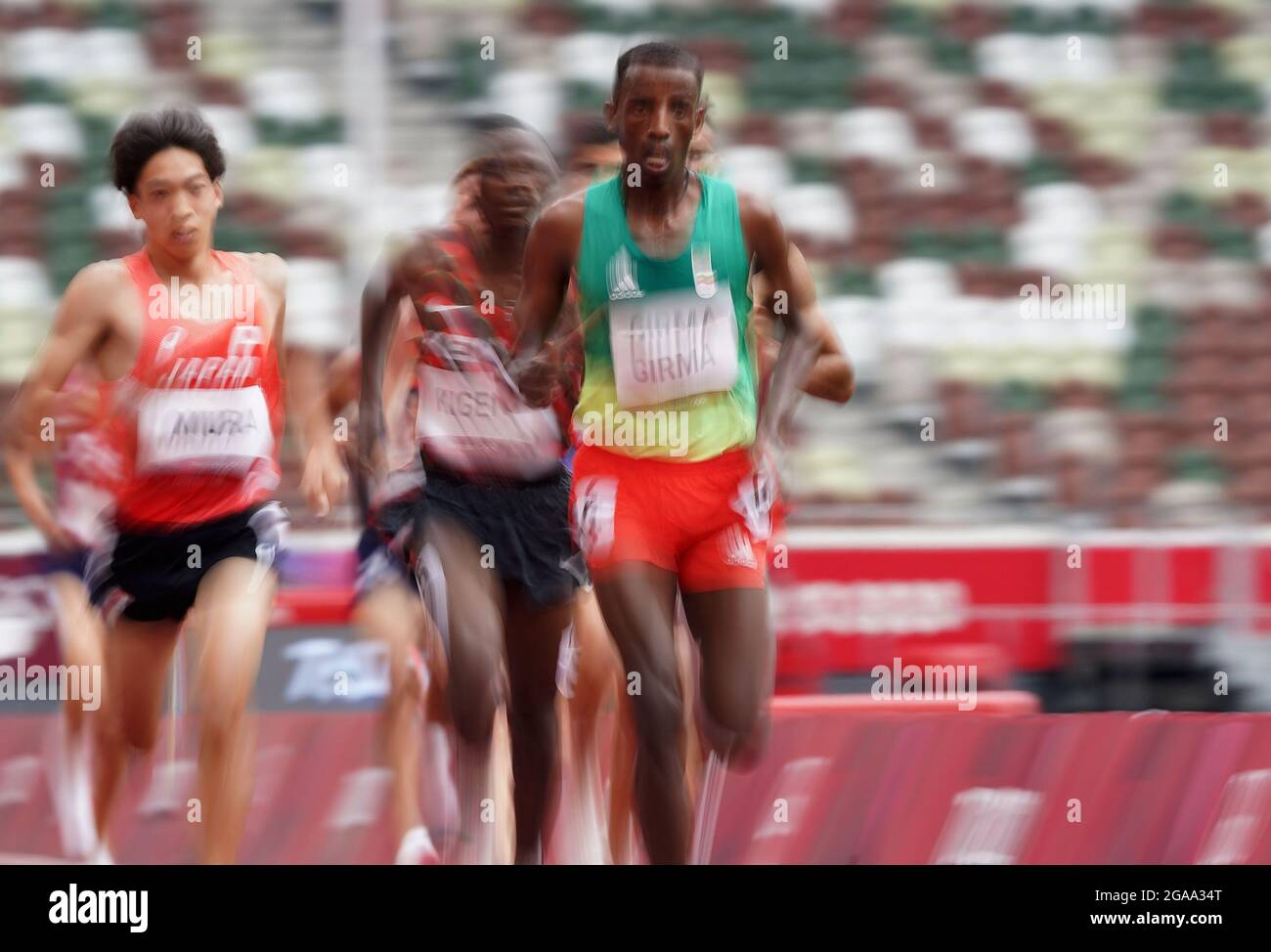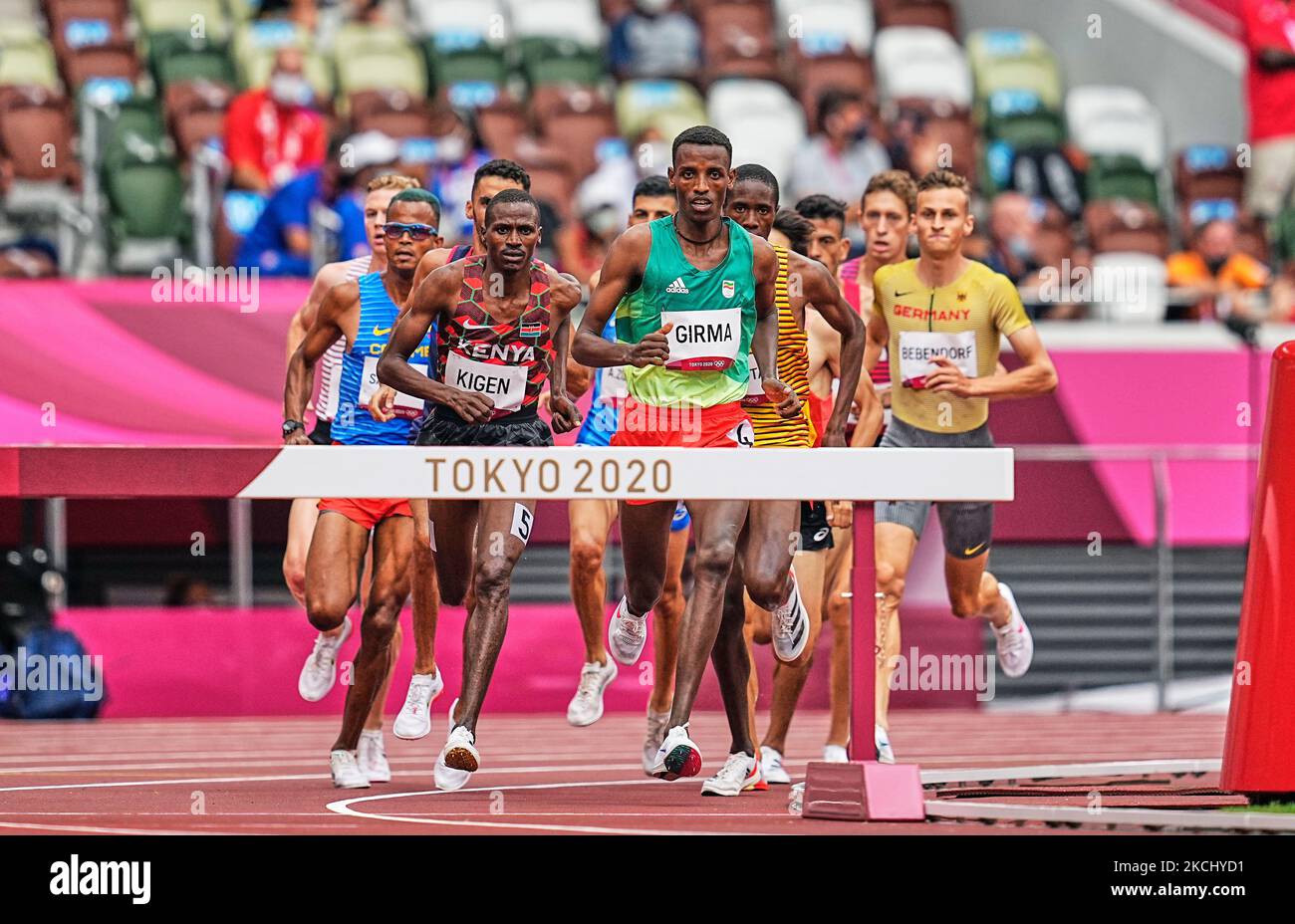The Girma Steeplechase Fall

The Girma Steeplechase Fall, a tragic incident that occurred in 1987, remains etched in the annals of steeplechase racing history. It marked a turning point in the sport, highlighting the inherent risks and prompting significant changes in safety protocols and regulations.
The Significance of the Girma Steeplechase Fall
The Girma Steeplechase Fall, involving jockey Girma, had a profound impact on steeplechase racing, highlighting the inherent risks associated with the sport. The incident spurred widespread discussions about safety measures, leading to the implementation of stricter regulations and increased awareness of rider safety.
Evolution of Safety Measures and Regulations
Following the Girma Steeplechase Fall, the racing authorities took a comprehensive approach to enhance safety standards. The fall led to the introduction of new regulations, including mandatory safety equipment for jockeys, stricter course inspections, and revised training guidelines.
- Mandatory safety equipment for jockeys, including helmets, body protectors, and boots, became a standard requirement.
- Course inspections were made more rigorous, with particular attention paid to the condition of fences and obstacles.
- Training guidelines were revised to emphasize rider safety and provide more comprehensive training on obstacle negotiation.
Comparison with Other Notable Accidents
The Girma Steeplechase Fall can be compared to other notable accidents in steeplechase racing, such as the fall of jockey Tony McCoy in 2005 and the fatal fall of jockey John Burke in 2008. While each incident had its own unique circumstances, they all underscored the inherent risks associated with the sport and the need for continuous improvement in safety measures.
Impact on the Reputation and Popularity of the Sport
The Girma Steeplechase Fall, though tragic, did not significantly impact the reputation or popularity of steeplechase racing. The sport continued to attract fans and participants, demonstrating its enduring appeal. However, the incident served as a reminder of the risks involved and the need for ongoing efforts to enhance safety.
Analyzing the Girma Steeplechase Fall

The Girma Steeplechase Fall, a tragic incident that occurred during the prestigious Girma Steeplechase race, raised significant concerns about rider safety and the integrity of the sport. Analyzing the causes of this fall and its consequences is crucial for understanding the complexities of equestrian sports and identifying areas for improvement.
Causes of the Fall
The Girma Steeplechase Fall was a complex event with multiple contributing factors. While a definitive cause cannot be pinpointed with certainty, a combination of rider error, horse factors, and course conditions likely played a role.
- Rider error: The rider’s experience level, decision-making in the heat of the moment, and ability to control the horse are crucial factors. A potential cause could have been a misjudgment of the obstacle, leading to a loss of balance or a sudden shift in the horse’s momentum. Additionally, rider fatigue or lack of focus could have contributed to the fall.
- Horse factors: The horse’s temperament, training, and physical condition are critical for navigating the demanding terrain of a steeplechase course. A sudden spooking, a loss of footing, or a pre-existing injury could have led to the horse losing its balance and causing the rider to fall.
- Course conditions: The design of the course, the condition of the obstacles, and the weather conditions all contribute to the safety of the race. A poorly designed obstacle, a slippery surface, or a sudden change in weather could have posed a significant risk to the horse and rider.
Consequences of the Fall, Girma steeplechase fall
The Girma Steeplechase Fall had immediate and long-term consequences for the rider, the horse, and the racing industry as a whole.
- Rider: The rider sustained serious injuries, requiring extensive medical attention and rehabilitation. The fall could have a lasting impact on their career, affecting their confidence and ability to compete at the same level.
- Horse: The horse also suffered injuries, which could have required veterinary care and time off from racing. The incident could potentially affect the horse’s future racing career, depending on the severity of the injuries.
- Racing industry: The fall raised public concerns about rider safety and the integrity of the sport. It prompted investigations into the cause of the accident and calls for stricter safety regulations and improved course design. The incident could also have a negative impact on the sport’s popularity and financial stability, especially if it leads to a decrease in participation or sponsorship.
Similar Accidents and Investigations
The Girma Steeplechase Fall is not an isolated incident. Similar accidents have occurred in equestrian sports throughout history, prompting investigations and changes to safety protocols.
- The 2010 Grand National: The fatal fall of jockey, [name of jockey], during the 2010 Grand National, highlighted the inherent risks associated with steeplechase racing. This incident led to a comprehensive review of safety protocols and changes to the design of the course.
- The 2012 Badminton Horse Trials: A fall by [name of rider] during the 2012 Badminton Horse Trials resulted in serious injuries to the rider and horse. The accident prompted a thorough investigation into the design of the obstacle, which was subsequently redesigned to improve safety.
Preventing Similar Accidents
The Girma Steeplechase Fall serves as a stark reminder of the importance of safety in equestrian sports. Preventing similar accidents requires a multi-faceted approach that addresses all contributing factors.
- Rider education and training: Riders should receive comprehensive training on horse handling, obstacle negotiation, and safety protocols. This training should emphasize risk assessment, decision-making, and the importance of prioritizing safety over speed or ambition.
- Horse care and preparation: Horses should be properly trained, conditioned, and vetted before participating in races. Regular veterinary checks, appropriate training programs, and a focus on horse welfare are crucial for minimizing the risk of accidents.
- Course design and safety: Steeplechase courses should be designed with safety as a top priority. Obstacles should be well-constructed, spaced appropriately, and designed to minimize the risk of falls. Regular inspections of the course and the surrounding environment are essential to ensure the safety of riders and horses.
Hypothetical Scenario
To illustrate how the Girma Steeplechase Fall could have been prevented, let’s consider a hypothetical scenario. Suppose the rider had received additional training on obstacle negotiation and had a better understanding of the horse’s temperament and limitations. In this scenario, the rider might have been able to anticipate the horse’s reaction to the obstacle, adjust their riding style accordingly, and avoid the fall. Alternatively, if the course designers had recognized the potential risk posed by the obstacle, they could have redesigned it to make it safer for both riders and horses.
Lessons Learned from the Girma Steeplechase Fall

The Girma Steeplechase Fall in 2023, which resulted in serious injuries to the rider, served as a stark reminder of the inherent risks associated with steeplechase racing. This incident prompted a comprehensive review of safety protocols and practices within the sport, leading to significant changes aimed at mitigating future risks.
Safety Protocols and Practices
Following the Girma Steeplechase Fall, a series of safety protocols and practices were implemented to enhance rider safety. These measures addressed various aspects of the sport, including course design, equipment, and rider training.
- Course Design: Significant modifications were made to the course, focusing on reducing the severity of obstacles. This included lowering the height of fences, increasing the width of water jumps, and adding more cushioning to landing areas.
- Equipment: New safety standards were implemented for saddles, stirrups, and helmets, with an emphasis on improved impact absorption and stability. The use of protective vests for riders was also encouraged.
- Rider Training: Increased emphasis was placed on rider education and training, including specific courses focused on obstacle negotiation, fall prevention, and emergency response procedures. Riders were also required to undergo more rigorous physical and mental fitness assessments.
Comparison of Safety Regulations Before and After the Fall
The following table highlights the key differences in safety regulations before and after the Girma Steeplechase Fall:
| Regulation | Before the Fall | After the Fall |
|---|---|---|
| Course Design | Minimal regulations regarding obstacle height, width, and cushioning. | Stricter regulations on obstacle design, including reduced height, increased width, and enhanced cushioning. |
| Equipment | Basic safety standards for saddles, stirrups, and helmets. | Improved safety standards for saddles, stirrups, and helmets, with an emphasis on impact absorption and stability. Encouraged use of protective vests. |
| Rider Training | General training in obstacle negotiation. | Mandatory training in obstacle negotiation, fall prevention, and emergency response procedures. Increased focus on physical and mental fitness assessments. |
Technology and Innovation in Safety
Technology has played a crucial role in enhancing safety in steeplechase racing. The introduction of GPS tracking devices, wearable sensors, and advanced video analysis systems has provided valuable insights into rider movements, course conditions, and potential hazards. These technologies have enabled more data-driven decision-making regarding course design, equipment, and rider training.
Recommendations for Further Enhancing Safety Measures
To further enhance safety measures in steeplechase racing, the following recommendations are suggested:
- Develop a standardized safety protocol: A comprehensive and standardized safety protocol should be implemented across all steeplechase racing events, ensuring consistency in course design, equipment, and rider training.
- Invest in research and development: Continued investment in research and development is crucial to identify and implement new technologies and innovations that can further enhance safety. This includes exploring new materials for helmets, saddles, and protective gear, as well as developing advanced biomechanics models to better understand rider movements and forces during obstacle negotiation.
- Increase awareness and education: Raising awareness about the risks and safety measures associated with steeplechase racing is essential. This can be achieved through educational campaigns, media outreach, and rider forums.
Girma steeplechase fall – The steeplechase is a brutal test of endurance and agility, and even the best runners can fall victim to a stumble. Girma’s fall was a stark reminder of the unpredictable nature of the race. But while Girma’s fall may have been a setback, it’s worth remembering that his fellow Ethiopian, Lamecha Girma , has risen to the top of the steeplechase world.
Perhaps Girma’s fall will serve as motivation for him to return stronger than ever, proving that even the toughest obstacles can be overcome.
The Girma Steeplechase Fall is a reminder of the inherent risks involved in this exhilarating sport. While the thrill of racing over challenging terrain is undeniable, it’s important to remember the dedication and skill required to navigate such courses. The Rooks Steeplechase , with its rich history and tradition, showcases the mastery of horse and rider in overcoming obstacles, much like the Girma Steeplechase Fall serves as a testament to the resilience and determination of those who dare to participate.